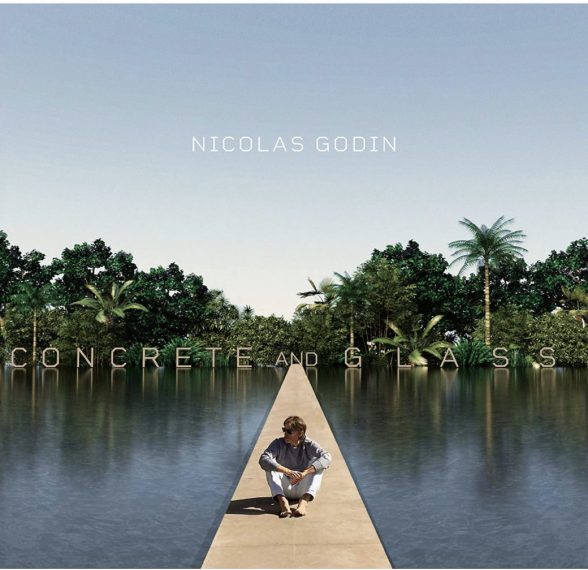This website uses cookies
This website uses cookies to enable it to function properly and to analyse how the website is used. Please click 'Close' to accept and continue using the website.


Concrete and Glass
Nicolas Godin, (Because Music, CD, £10.99)
Reviewed by Jon Wright

All art constantly aspires to the condition of music, wrote Walter Pater in 1877: in music, subject and form are presented as one. Goethe saw architecture as frozen music, and the two art forms share a cultural lineage and language of harmony, rhythm and space. But whether it’s the mathematical music of the spheres expressed in a Greek temple or the staccato violence of brutalist sculpture, the influence has usually been from music to architecture, rather than the other way round.
The track record, if you will, of architecture’s relationship with popular music has received relatively little critical attention. Pink Floyd’s immense, cathedral-like sounds – where key-changes or sonic shifts feel like stepping into a new space or room – are famously due to two of the band being trained in the architectural arts. It’s not a rarity to find architects connecting to music – Daniel Libeskind’s 2002 proms lecture is well worth a listen – but it’s rare to hear popular musicians trying to respond to existing architecture.
It was, then, with some trepidation but a little excitement that I heard that Nicholas Godin had recorded a site-specific bunch of tunes in response to key modernist buildings. Godin was one half of French electronic duo Air, who scored big with a fluffy record called Moon Safari in 1998 – a record so inoffensive it deserved to re-inspire a second wave of punk on its own. Concrete and Glass is Godin’s second solo record and his credentials for such a project are sound: his father’s an architect, he professes to love architecture and Air’s first ever composition was a paean to Corb; so far, so good. I knew Godin was unlikely to stray far from the jazzy laziness of his earlier soundscape, but I’d hoped for some variety in responding to architects as varied as Aalto, Corb and Kahn.
Apart from two of the song titles, Concrete & Glass and Cité Radieuse, it’s hard to see that there’s even an architectural concept at work here. There are some sublime moments, but most of this is to filed under ‘polished but dull’ – if modernism is all glacial emptiness and repetitive bays, now and then punctuated by a colour or an abstract form, then Godin has captured something of it. On tracks like Back to your Heart and Time on my Hands, that quality is lost to guest vocalists who override his compositions somewhat to make semi-decent pop. The Border, with its vocoder robotics and simplicity, gets closer to an architectonic experience, but again, it’s rather one-dimensional, like looking at a picture of the Villa Savoye in a lounge bar rather than being there. The final track is an insult: Cité Radieuse, says Godin, reflects the ‘Tetris-like quality’ of the Marseille block. Need I say more?
We are still populating our book review section. You will be able to search by book name, author or date of publication.

Become a C20 member today and help save our modern design heritage.